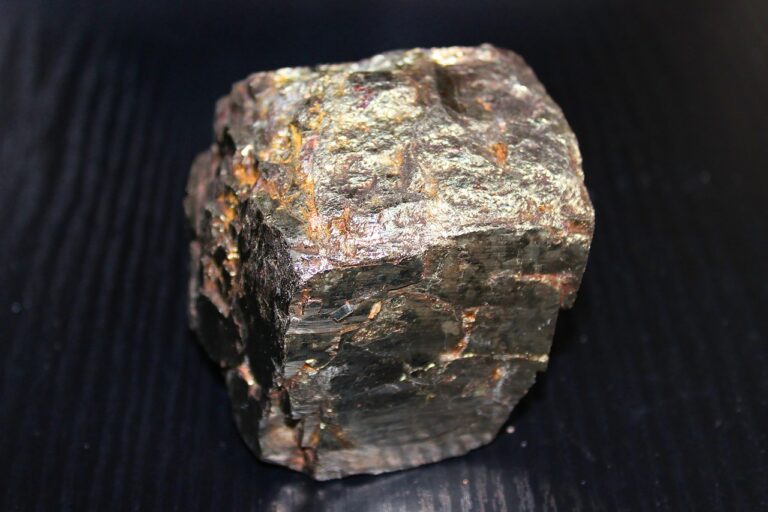A black hole is a region of space-time with a huge gravitational pull. Any body in space has a gravitational field, which curves space-time at least somewhat. For example, to overcome the gravitational field of our Earth, an object needs to reach first and second space velocity. Modern engines are quite capable of giving the spacecraft the necessary momentum.
But in order to leave the limits of a black hole, an object must accelerate to a speed greater than the speed of light. Modern physics believes that nothing in the Universe can move faster than the speed of light – and neither can the quanta of light itself, of course. That is why we can claim that nothing, not even light, can leave a black hole.
Or can it? The amazing world of quantum mechanics claims that a black hole can radiate into space, too. To understand how this becomes possible, we need to talk about what our space represents at the level of elementary particles.
Quantum field theory states that all space-time of the Universe at any point is different energy fields. If we take empty space – physical vacuum – measure it with the most accurate modern instruments and see that not a single photon is observed in this space, then we can say that the field is in the state of the lowest energy, that is not able to give energy. So the energy of the field is zero? Not at all. Even in this case it is impossible to accurately (definitely) measure the energy of the field, otherwise it would violate the uncertainty principle (or Heisenberg principle), the basis of quantum mechanics. It turns out that even in the state with the lowest energy we can set the value of the field energy only by the probability distribution. And this means that in physical vacuum various fluctuations will always occur.
Quantum theory explains their existence by constant birth and annihilation of virtual particles and antiparticles. Why virtual? Because it happens in such short time intervals (about 10-24 sec.), that we simply can not register these particles. Initially the existence of virtual particles was found on paper – during the derivation of formulas – and for a long time was questioned as only a mathematical description of reality. However, scientists now know for sure that virtual particles exist – they react with ordinary real particles, changing characteristics of the latter, which has been repeatedly confirmed by various experiments. Yes, the world at the quantum level looks quite different from our everyday world, but is a kind of boiling broth, in which new particles are constantly born and destroyed out of nowhere. Theoretically, when an external field affects the vacuum, a pair of virtual particles can be transformed into a pair of real ones by applying energy.
Now let us imagine that pairs of virtual particles are born on the very event horizon of a black hole. Among innumerable such pairs there may arise one which under the influence of the gravitational field will turn into a real state. There will come a moment when one of the particles will fall into the black hole and the other one will be able to avoid the fall by taking a lucky trajectory of flight, which as if from a sling will “kick” the particle back into space, giving it a huge acceleration.
Note that the real particles were not born by themselves – a black hole created them with its energy, radiating then one of the particles into space. It is possible to calculate that the first particle which has fallen over the event horizon could not compensate to a black hole loss in energy which it spent for transformation of virtual particles into real ones, and then for giving impulse to the second particle. It turns out that the black hole not only radiated a particle into space, but also lost part of its energy, and hence mass, because of it. Theoretically, with time it should simply evaporate – after all every instant countless virtual particles are born, and matter near a black hole sooner or later ends.
This radiation is named after the famous theoretical physicist Stephen Hawking and is called the “Hawking radiation”. It is possible to prove or disprove Stephen Hawking’s theory by measuring the thermal spectrum of radiation near the event horizon of the black hole, but modern technology has not yet reached the necessary level for such complex observations. There is still a fierce debate about the existence of Hawking’s radiation.
This is interesting: some physicists believe that it is Hawking’s radiation that vaporizes those microscopic black holes that could theoretically arise during experiments at the Large Hadron Collider.
The discovery of vanishing black holes could put an end to the debate – each vaporization should theoretically end in a grand explosion. However, so far no traces of such occurrences have been found – most likely, the age of the Universe is still too small for even the first black holes formed in it to come to the end of their lives.














